Volkswagen ID.4 GTX review: VW’s electric arm gets its first performance model
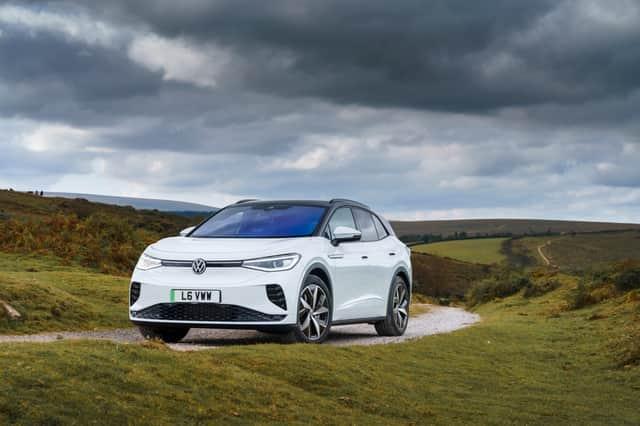

Ever since Volkswagen stuck a GTI badge on a tuned Golf in 1976, those three little letters have been intrinsically linked to performance models from the Wolfsburg brand.
Other brands use them too but, for many, GTI equals fast VWs.
Advertisement
Hide AdAdvertisement
Hide AdIt’s been more than 40 years, however, since Wolfsburg started using the GTI badge and with the advent of electric cars, the brand has decided it needs a new way to identify its hottest models, hence the arrival of the GTX badge.
GT because it retains a link to performance cars of the past, X to signify VW “forging a bridge to the mobility of tomorrow”. Err, okay then.
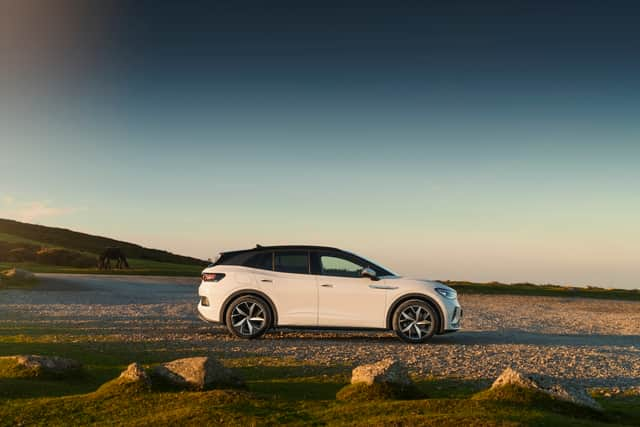

That mobility of tomorrow is electrified and so is the ID.4, the first VW to wear the new GTX branding.
The family SUV has been on sale for a year now with a host of battery and motor options but the GTX brings a significant power boost and all-wheel-drive to the range.
Advertisement
Hide AdAdvertisement
Hide AdEvery other ID.4 uses a rear-mounted synchronous motor offering up to 200bhp. The GTX adds an asynchronous motor to the front axle to bring the car’s total power to 295bhp and torque to 348lb ft.
In most driving conditions, the GTX’s electronic brain will run the car in rear-wheel-drive only. But begin to press on and the front motor is called into action, adding power and traction to help the “enthusiastic” driver. For those with a lead right foot, the ID.4 GTX will go from standstill to 62mph in 6.2 seconds. That’s pretty quick (as quick as a Mk7 Golf GTI) but in the ID.4 it doesn’t feel spectacular - nippy rather than fast.
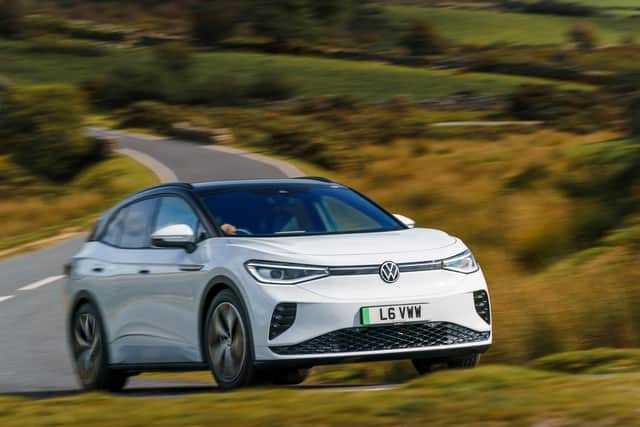

It’s a similar story on a twisting B-road. The GTX feels composed and capable, with plenty of grip and a direct turn-in but it lacks the feedback and engagement of something like the rear-driven Ford Mustang Mach-e.
The GTX comes with two chassis options. Standard GTX models feature passive sports suspension while the GTX Max is lowered by 15mm and features dynamic chassis control with active dampers. These adapt to the driving mode but, generally, offer an impressively comfortable ride that marries well with the overall refinement of the ID.4.
Advertisement
Hide AdAdvertisement
Hide AdAs befits the top-of-the-range model, the ID.4 GTX pairs its two motors with the larger battery pack. At 77kWh, the ID.4 GTX’s battery offers an official range of 288 miles on a single charge. It also accepts charging at up to 125kW, allowing drivers to add up to 186 miles in just 30 minutes.
While the GTX characteristics boost the ID.4’s performance, elsewhere it still needs to fulfil the brief of being a practical family vehicle. Thanks to the layout of the MEB platform, the ID.4 manages this, offering good passenger and luggage space. Volkswagen says passenger space matches petrol-powered SUVs from the class above. Even with a massive centre console, the extra floorspace makes it feel roomy and there’s plenty of head and legroom. A 535-litre boot is better than most similar-sized ICE SUVs and rivals like the Hyundai Ioniq 5, although the related Skoda Enyaq offers 50 litres more.
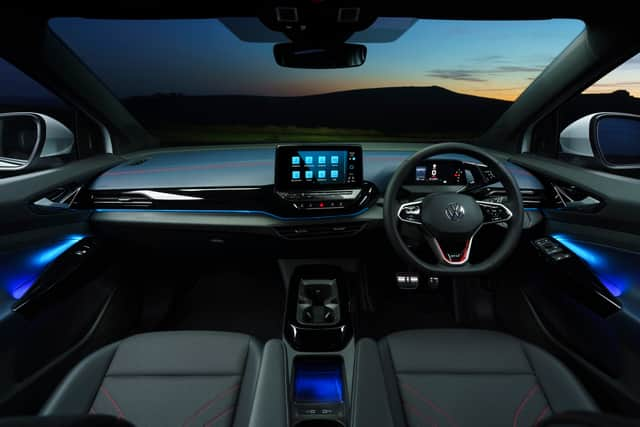

The ID.4 shares its platform with the Skoda Enyaq and Audi Q4 e-tron and while its interior quality can match these, it feels less adventurous or innovative. There’s a more familiar look and feel to the layout, although there are some quirkier touches, such as the play and pause symbols on the pedals and the instrument binnacle on top of the steering column with the drive selector mounted to its side.
GTX models get a gloss black dashboard finish and red GTX details, while GTX Max trim adds to the standard GTX spec with a 12-inch central touchscreen, tri-zone climate control, a heat pump, panoramic sunroof, powered tailgate 360-degree camera and driver assistance including lane change assist and highway assist.
Advertisement
Hide AdAdvertisement
Hide AdIn the VW family, only Audi commands a higher premium than Volkswagen, so the ID.4 GTX is not cheap. Starting price is £50,540, while the GTX Max is another £7,000. As the Golf proves, many buyers are happy to make the extra outlay for the VW badge, but it’s worth bearing in mind that the Skoda Enyaq Coupe vRS includes many of the Max features and costs around £52,000 while a rear-drive Ford Mustang Mach-e with similar performance is also around the £52,000 mark.
Nevertheless, there’s a lot to like about the ID.4 GTX. It’s pacey enough, spacious and has a good range and generous equipment levels. Accept it as a quick family wagon rather than a true heir to the GTI badge and you won’t be disappointed.
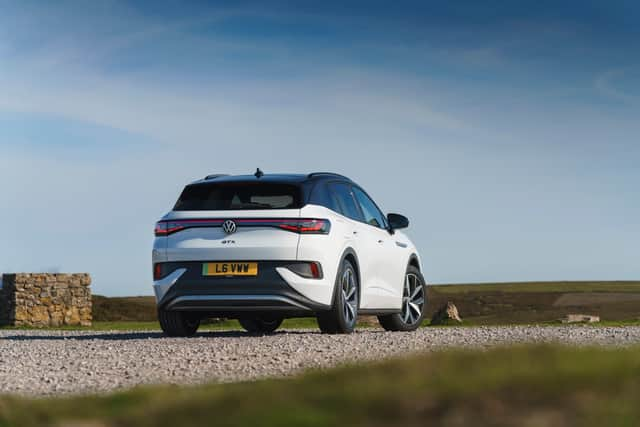

Volkswagen ID.4 GTX Max
Price: £57,270; Motor: Permanent magnetic synchronous rear motor, asynchronous front motor; Battery: 77kWh; Power: 295bhp; Torque: 348lb ft; Transmission: Single-speed automatic, all-wheel-drive; Top speed: 112mph; 0-62mph: 6.2 seconds; WLTP range: 288 miles; Consumption: 3.27miles/kWh; Charging: Up to 125kW
Comment Guidelines
National World encourages reader discussion on our stories. User feedback, insights and back-and-forth exchanges add a rich layer of context to reporting. Please review our Community Guidelines before commenting.
